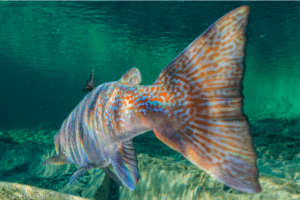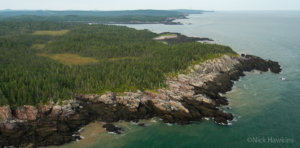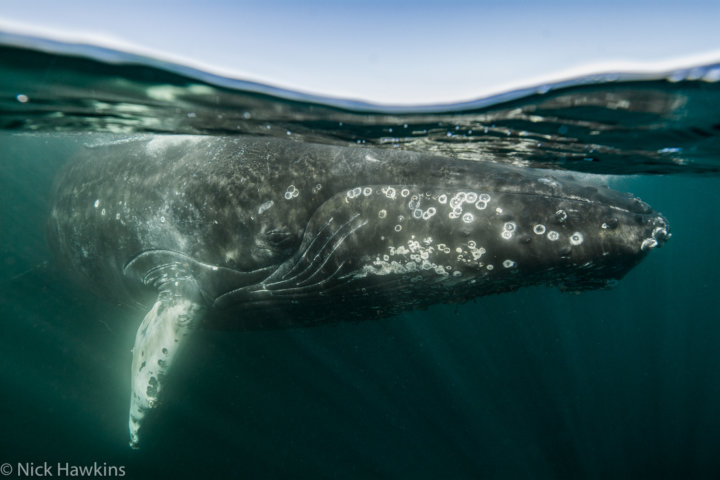Conservation Council applauds new Canadian Fisheries Act, amendments to expand definitions for fish habitats, encourage reconciliation
The Conservation Council of New Brunswick celebrates and applauds the successful efforts to improve how our fisheries and oceans are managed with the passage of the new Fisheries Act today.
With long-awaited changes to the Act now passed into law, the country is once again a world leader in fisheries management and ocean protection.
“This is, essentially, a new Fisheries Act,” said Lois Corbett, executive director. “One that reverses the poor public policy changes made seven years ago and that enshrines modern science-based decisions about fisheries management into law. Today is a good news day for Atlantic salmon and the health of our rivers and coastal communities.”
Good news for thousands of sustainable fisheries, tourism jobs in Atlantic Canada
The decision today reversed amendments made to the Fisheries Act under Bill C-38 that significantly weakened it back in 2012.
New amendments to the Act include improvements like forcing the Minister of Fisheries, Oceans and the Canadian Coastguard to manage stocks sustainably and develop rebuilding plans if a given population falls below a certain amount. These amendments more broadly define what fish habitat is, restore previous prohibitions against “harmful alteration, disruption or destruction of fish habitat” and anything that causes “the death of fish by means other than fishing.”
Likewise, Indigenous knowledge, the independence of licence holders in commercial inshore fisheries, science and effects on coastal communities and ecosystems must all be considered during ministerial decision-making processes. Exceptions may be made due to socio-economic reasons, but those reasons must be reported publicly.

“These amendments help make Canada world leaders in terms of how our waters are managed,” said Matt Abbott, Marine Conservation Program Director at the Conservation Council and the Fundy Baykeeper. “Overall, the new Fisheries Act is a solid step forward, and the Conservation Council looks forward to working with Indigenous Nations, coastal fishers and others to ensure the new Act is fully implemented and enforced.”
The updated act also makes clear what projects require ministerial permits, and define a more transparent process by which Rightsholders and stakeholders can get involved in the decision-making process.
“To ensure these changes are effective, we are committed to having strong enforcement capacity and increasing the number of frontline fishery (and habitat) officers,” the federal government’s website reads.
The new Act makes great leaps to encourage reconciliation with the incredible diversity of Indigenous people in Canada. This is achieved, in part, by requiring that traditional knowledge is considered for all projects. Further, if a decision might adversely affect Indigenous rights or traditional territories, the federal government is able to create agreements with the Indigenous governing bodies involved.
Importantly for Atlantic Canada, the new Act ensures that independent inshore fisheries remain the backbone of coastal communities.
“This helps strengthen the enforcement of owner-operator policies and fleet separation to better protect jobs and ensure that the benefits of fishing go directly to fishers and coastal communities,” said Anne Fauré, the Conservation Council’s Marine Specialist in the Gulf of St. Lawrence.

Concerns of the Conservation Council
While this is a landmark day for Canada’s fisheries, the Conservation Council is disappointed senators removed the “water flow” amendment. This proposed component of the new Act was based on the best evidence-based science available and provided clear guidance to regulators. In essence, eliminating this section of the Act opens up grey areas for development within ecosystems that support fish and fish habitat.
“This could have been the hallmark of the new Fisheries Act and freshwater habitat protection,” Corbett said. “The free movement of species is incredibly important, and healthy ecosystems require connectivity among and between different water bodies. Many of these ecosystems need immediate attention, with some risking collapse. We should be using every tool available to prevent such a calamity.”
Moving forward, the Conservation Council hopes to see these new amendments strongly enforced, knowing implementation will require feet on the ground and collaboration with all stakeholders.
Abbott, who witnessed the consequences of roll backs to environmental laws made in 2012, adds: “What’s important is that these amendments are upheld not just tomorrow, but the day after tomorrow and 10 years from now.”

